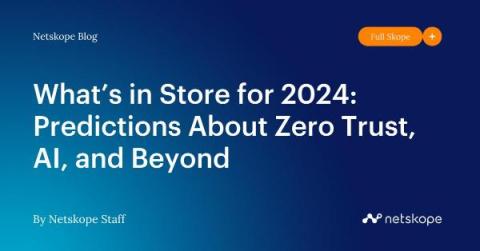CrowdStrike's View on the New U.S. Policy for Artificial Intelligence
The major news in technology policy circles is this month’s release of the long-anticipated Executive Order (E.O.) on the Safe, Secure, and Trustworthy Development and Use of Artificial Intelligence. While E.O.s govern policy areas within the direct control of the U.S. government’s Executive Branch, they are important broadly because they inform industry best practices and can even potentially inform subsequent laws and regulations in the U.S. and abroad.











